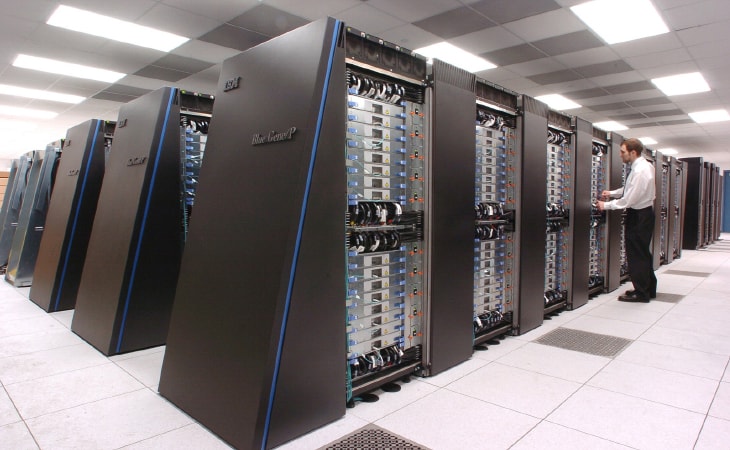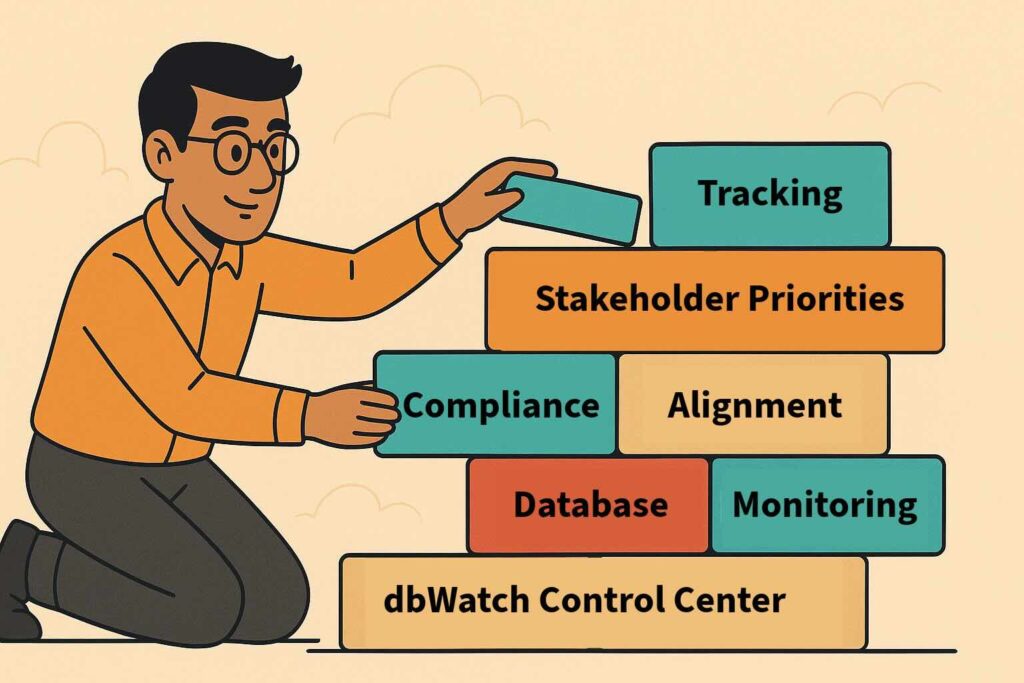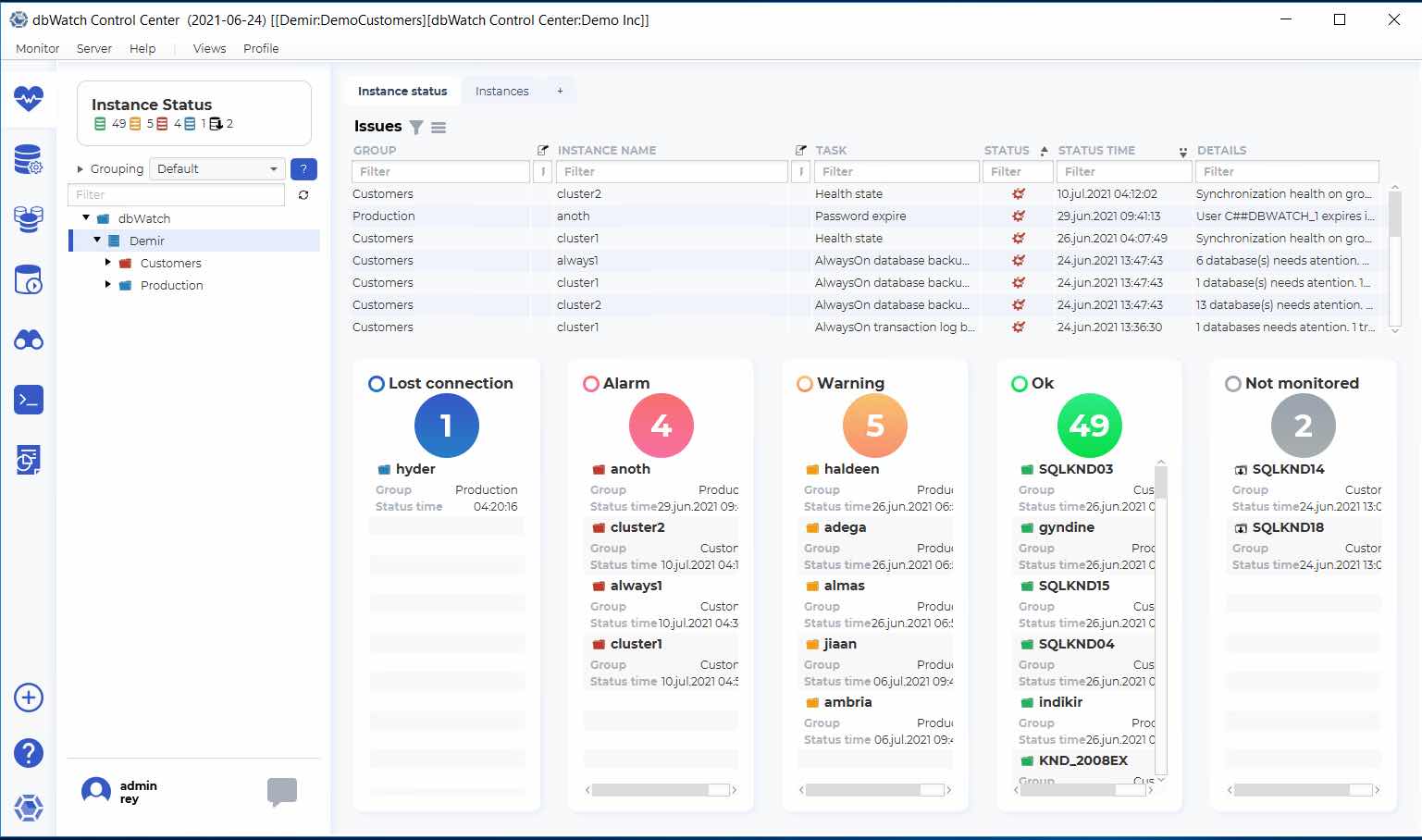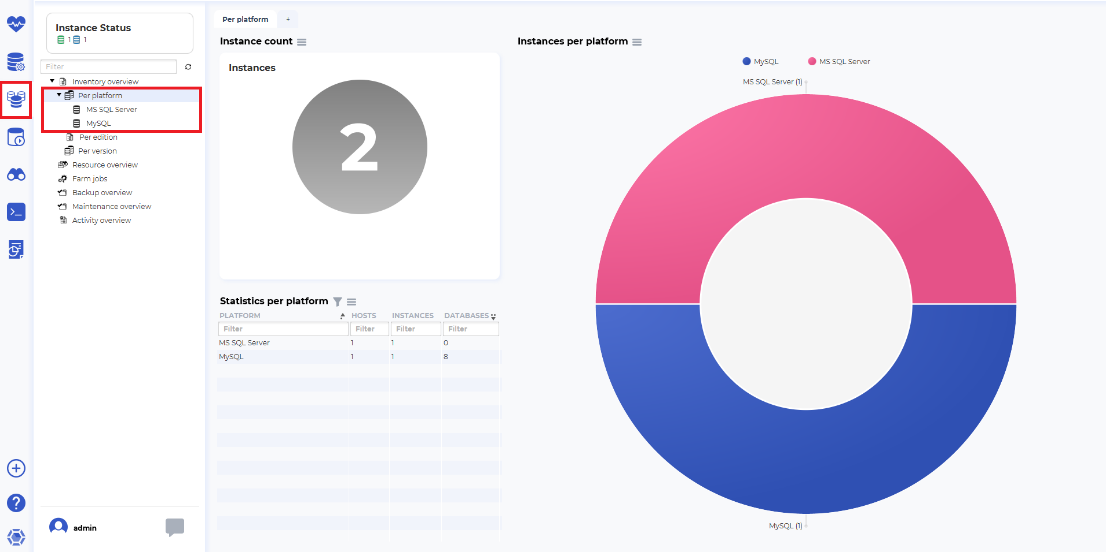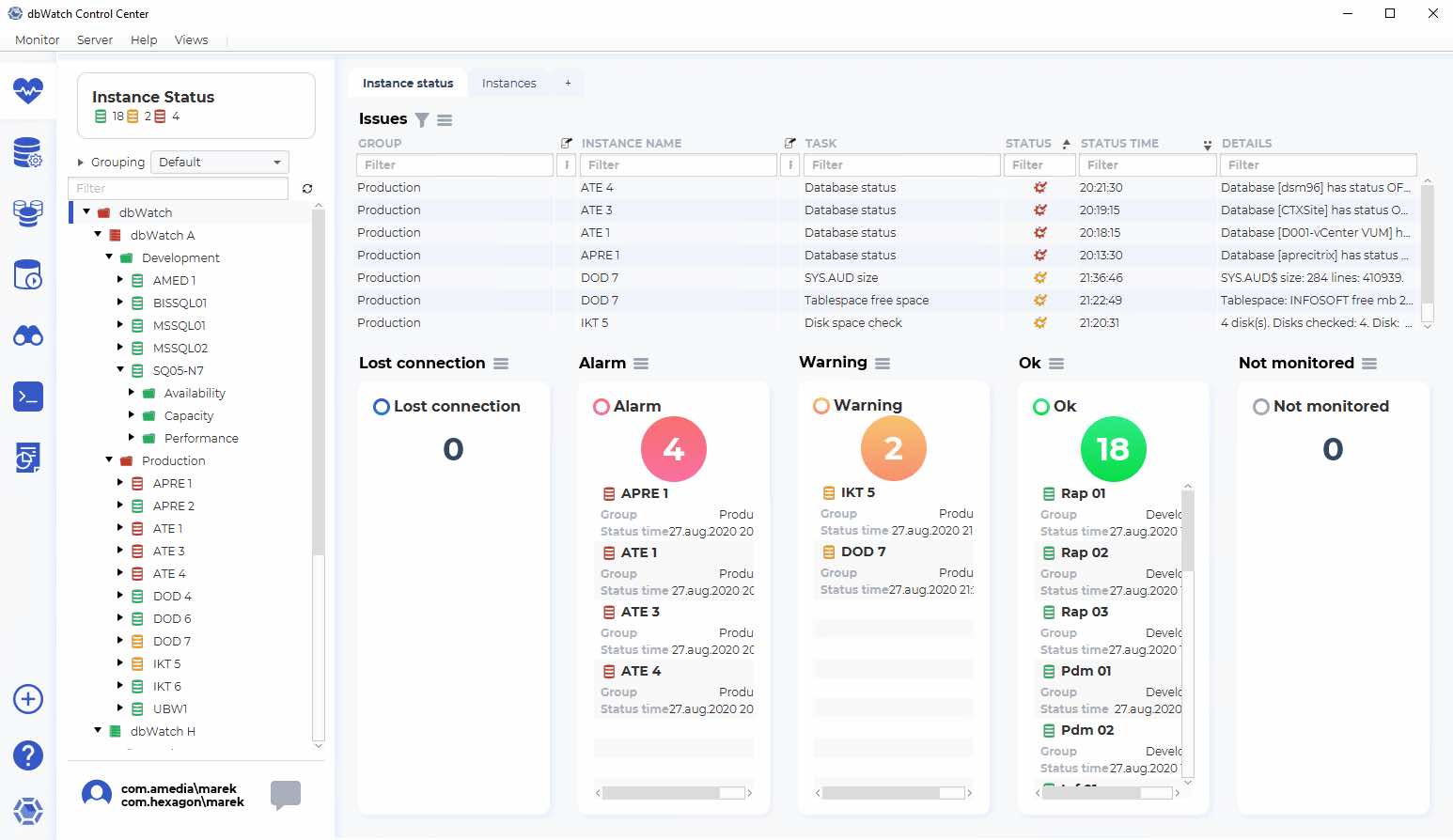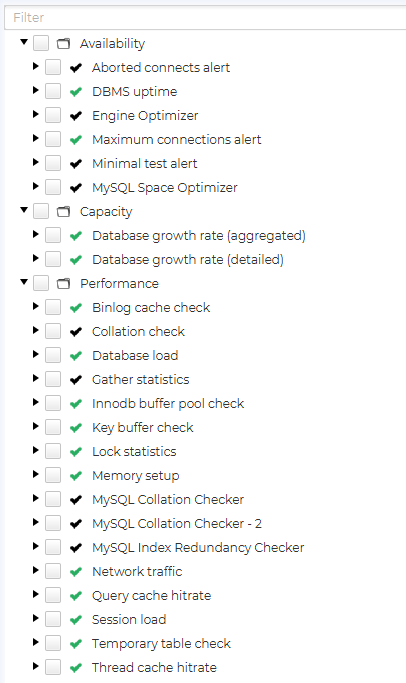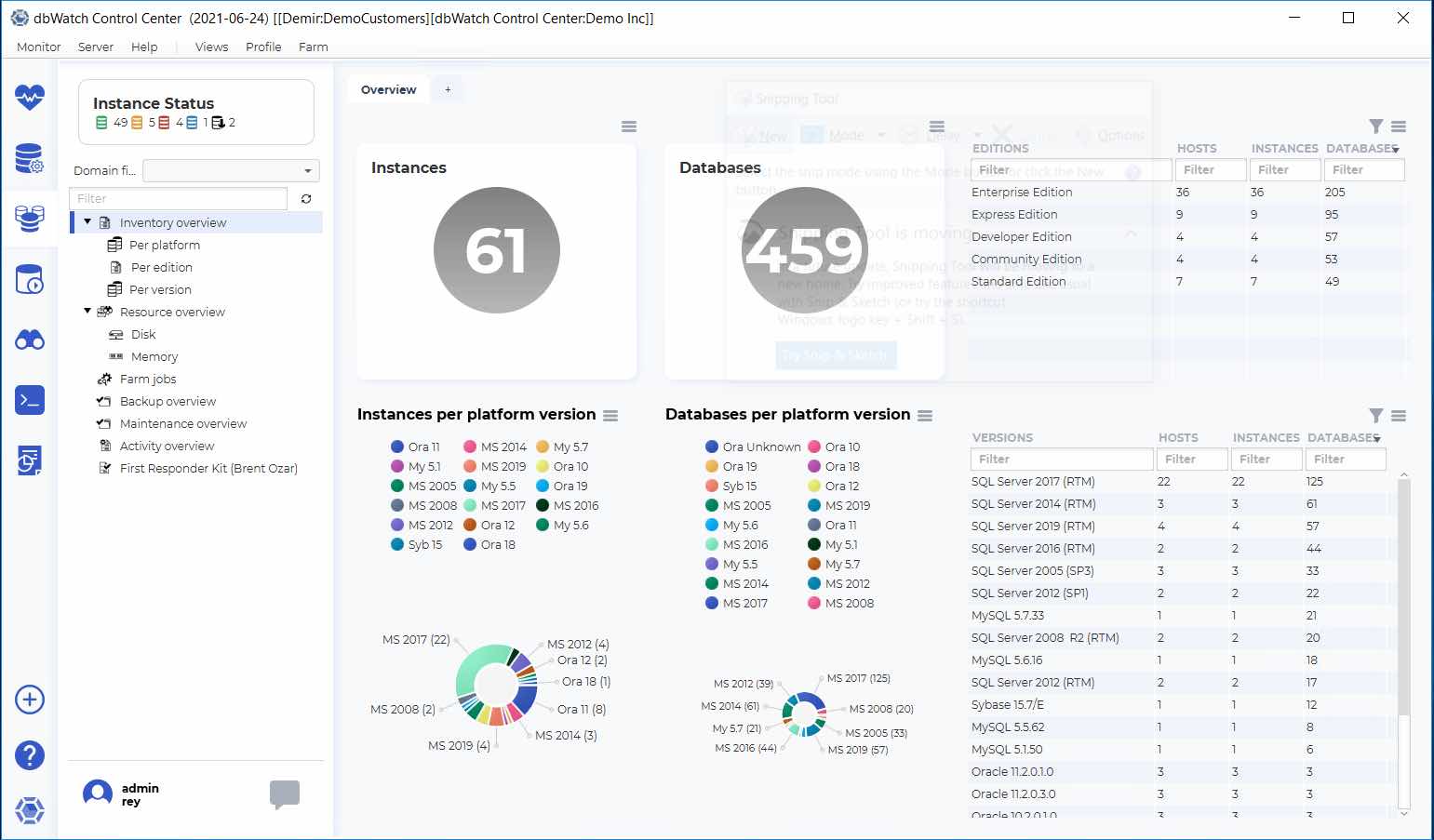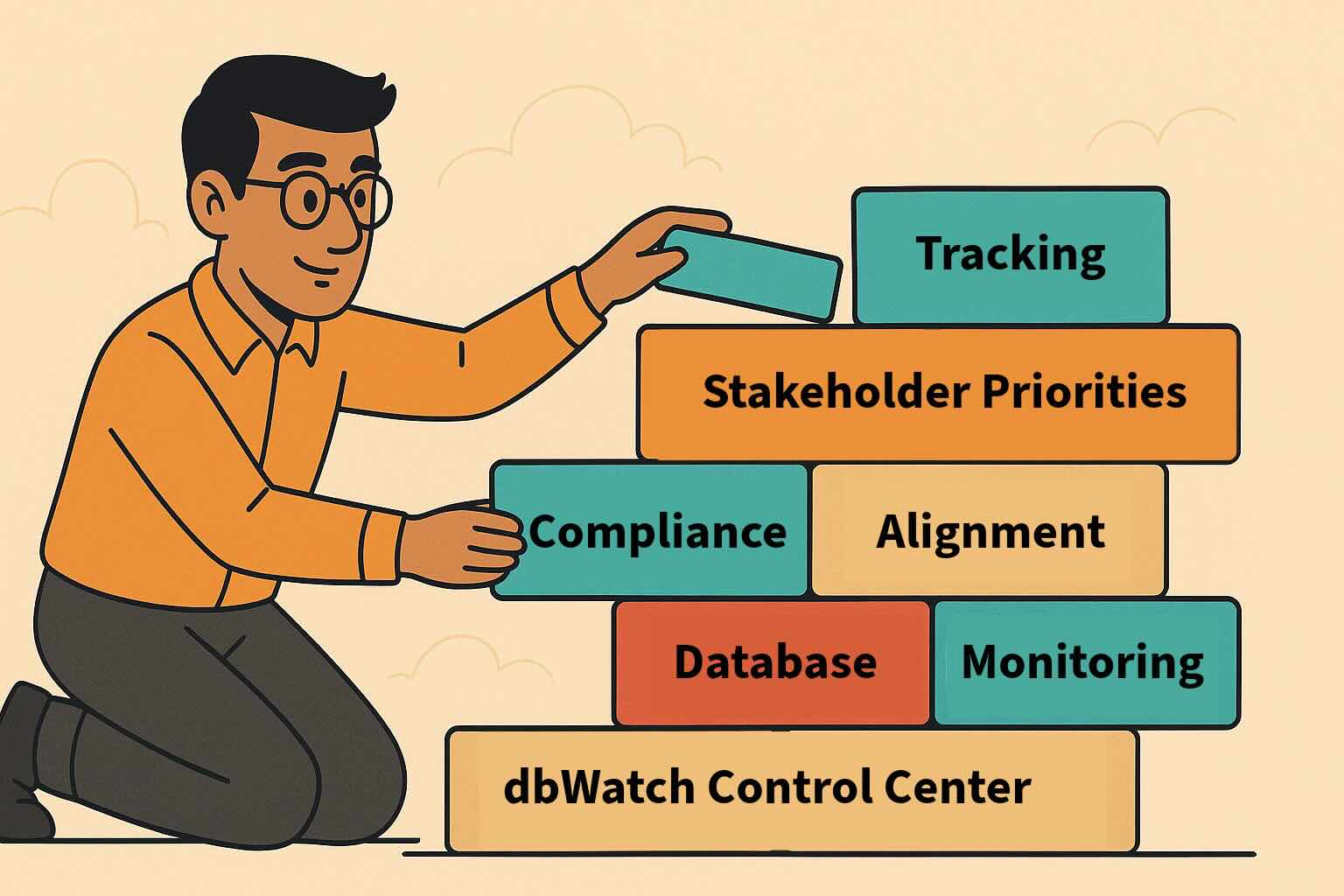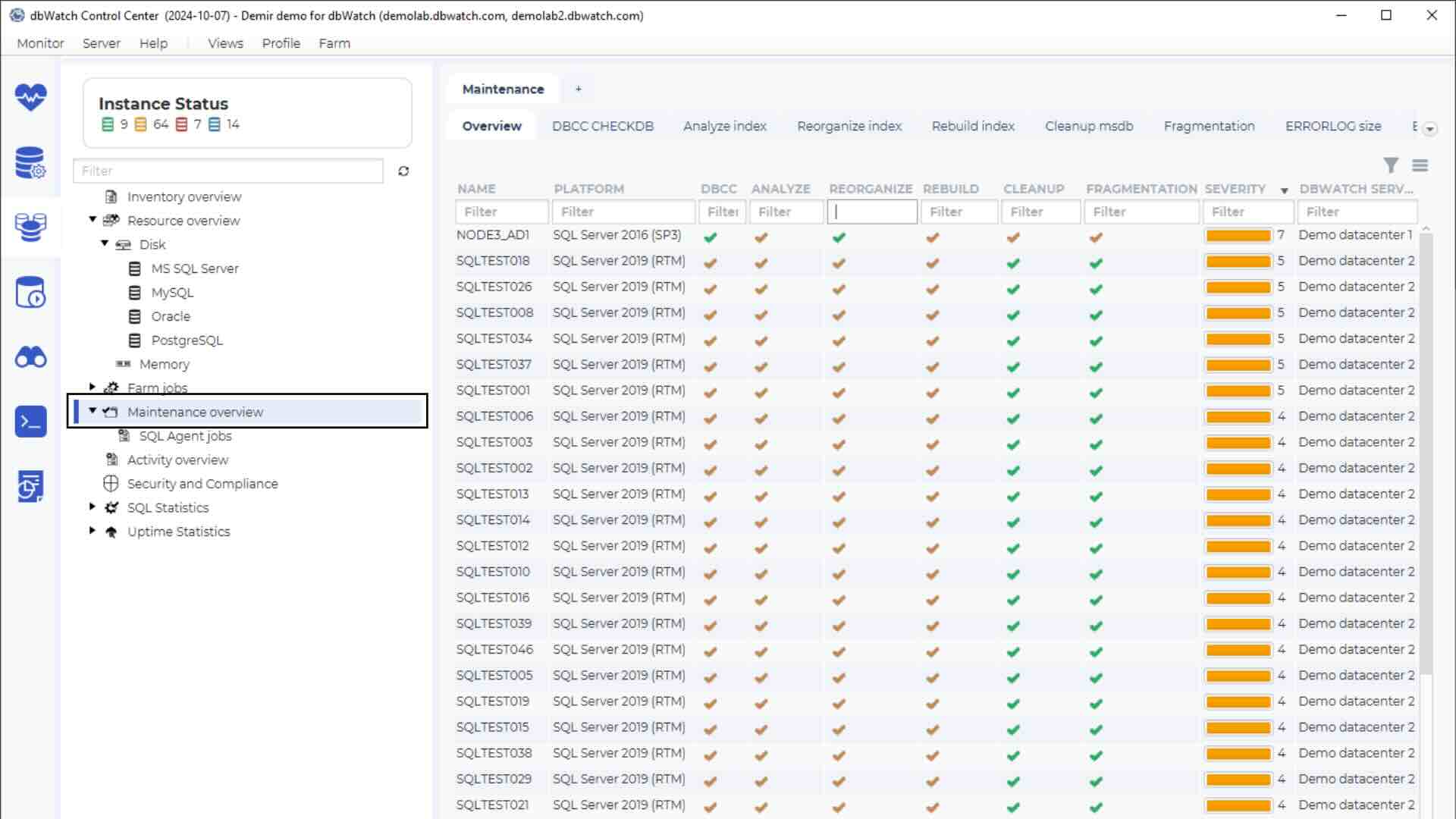If you are a frequent reader of the dbWatch blog, you might have noticed that this blog has discussed SQL instance management and database farm management in the past. The previous blog on SQL instance management versus database farm management discussed the core differences between managing SQL instances and database farms – look at this blog post as an extension of it.
How do You Manage a Database Farm?
As already noted in a previous blog post about database farms, the main tasks concerning database farm management include getting a comprehensive overview of the database farm,
always monitoring its status and health and managing all the resources relevant to those database farms.
In the real world though, challenges related to database farms are a little more complex. When you have many database instances – in other words, when you are dealing with a “database farm” – you no longer have a keen sense of what each and every database instance consists of and sometimes you might even find that the number of database instances you need to manage is incomprehensible – if someone asked you how many database instances your company has, you might answer “well, many” because you do not even know the exact number!
Once even the number becomes lost, there are a few things you should keep in mind to keep your database farm running smoothly:
- Monitor your database farm for consistency – consistency might prove to be one of the key things related to your database farm. To achieve consistency, you might find that some of your farm settings would need to be adjusted, you would need to know when something goes awry or uncoordinated, you should also consider using software to detect and adjust instances that are not consistently performing at the best of their abilities.
- Make sure the processes in your database farms are automated as far as possible – managing tens, hundreds or even thousands of database instances is never easy. To ease the pain of managing your databases, make sure that all maintenance routines are deployed and working automatically on all the database instances and make sure that you can predict potential problems as soon as possible. Ideally, identified problems should be automatically resolved by software in use.
- If possible, make sure the workflows your company uses are automated too – improved workflows can help your DBAs prioritize tasks, alert the right part of your organization about a certain problem, and improve the time used to correct issues.
Keep these things in mind and your database farms should run very smoothly.
Managing Single Database Instances
Now that you know how you should manage database farms, it is time to investigate how you should go about managing single database instances too. In general, to run your database instances running smoothly, you should keep an eye on:
- Availability – the availability of your database instances, especially a single database instance, is crucial. The downtime of your database could cause problems to both you and your business.
- Capacity – the capacity of your database instances is, of course, also crucial – even more so if you are dealing with a single database instance! If you run out of disk space, you might find yourself (and your business) in big trouble. Running out of capacity might mean that you need to replace your drives and replacing the disk drives could cause downtime and potential customer loss for your business, so it is important always keep an eye out on the capacity of your disks too.
- Performance – performance is obviously one of the core metrics as far as any kind of database instance is concerned. Ensure that your database instance is always performing well and you should be on the path to a better future for your data (and your business)
Managing Single Database Instances and Database Farms with dbWatch
If you find yourself using dbWatch, you might find that that managing both single database instances and database farms gets easier and easier. Part of that is because dbWatch can provide all the information you would need to manage database instances or database farms – dbWatch will provide you with a comprehensive overview of all the database instances your business is dealing with, it will allow you to monitor the status and health of your database instances, you will also be able to see what is happening inside of them too:
For example, click on the database farms icon at the left hand side, expand the Inventory overview section and the Per platform section and you will see something like this:
Colorful, isn’t it? In this scenario, colors are important. Here you see that half of the circle is pink while the other half is blue meaning that some of your database instances run one database management system while others run a different one. In this case, we are dealing with MySQL and MS SQL Server.
If you are dealing with a database farm, you already probably see the value in this – if you have tens (or even hundreds) of database instances, you will certainly not be counting how many of them run what database management systems. Don’t even remember how many database instances your database farm runs? Just glance at the database instance count at the left side. It is that easy!
Do not want to observe the status of your database farms like that? Need to check the Availability, Capacity or Performance of any one of them at any given time? No issues, just go back to the index page for a second.
At the image above you can see that we have loads of database instances. Some of them have problems, some of them run like bees. Expand one of the database instances and you will be able to monitor the Availability, Capacity and Performance of the instance, you will also be able to run database jobs on that instance (jobs allow you to monitor the things quickly and easily – you will quickly be alerted once something goes wrong). Oh, and did we mention that jobs can (and probably will) vary according to the database instance you are using?
This trick can be useful no matter if you choose to monitor single database instances or database farms – just choose to monitor MySQL, for example, and you will see a bunch of database jobs that are suited for MySQL’s storage engines (InnoDB, MyISAM and the like), other database management systems will have different jobs available depending on what you use – different database management systems have different things that need to be monitored:
It is hard to even begin to imagine the monitoring of so many things manually without using any assistance provided by tools like dbWatch. Be sure to try dbWatch out today or contact support if you need any assistance – they will be glad to help.
Use these image:
Learn how to manage your database farms download a trial version of dbWatch.
